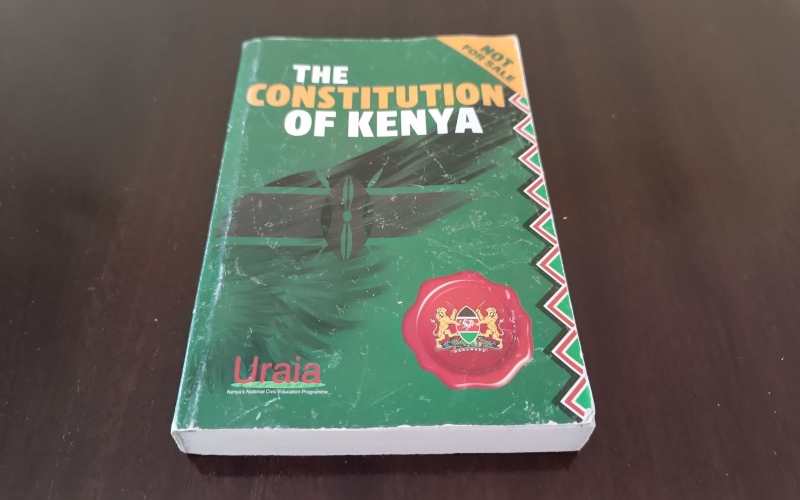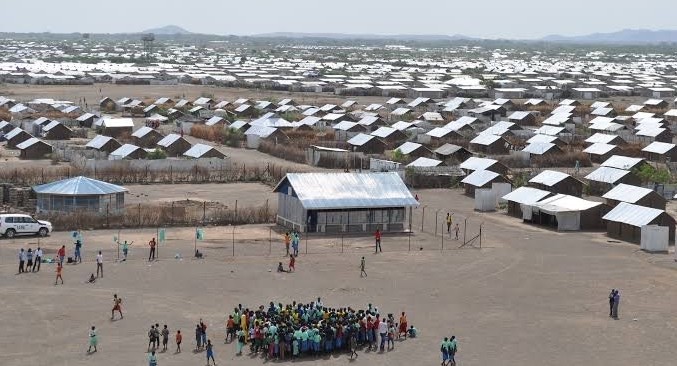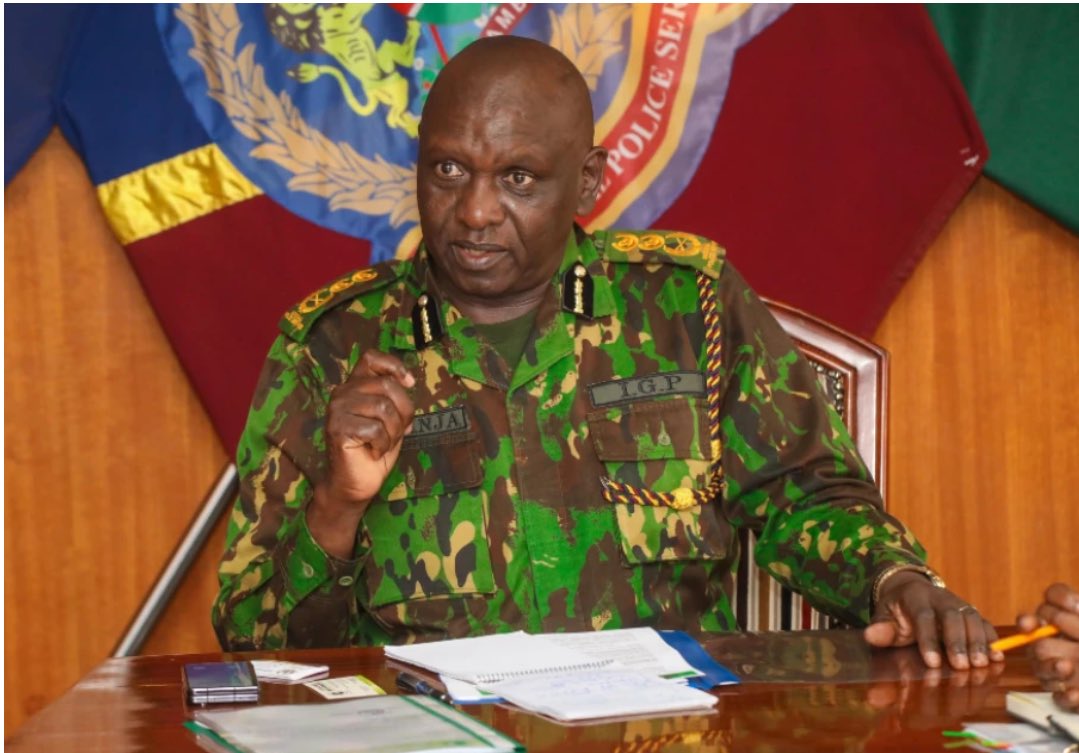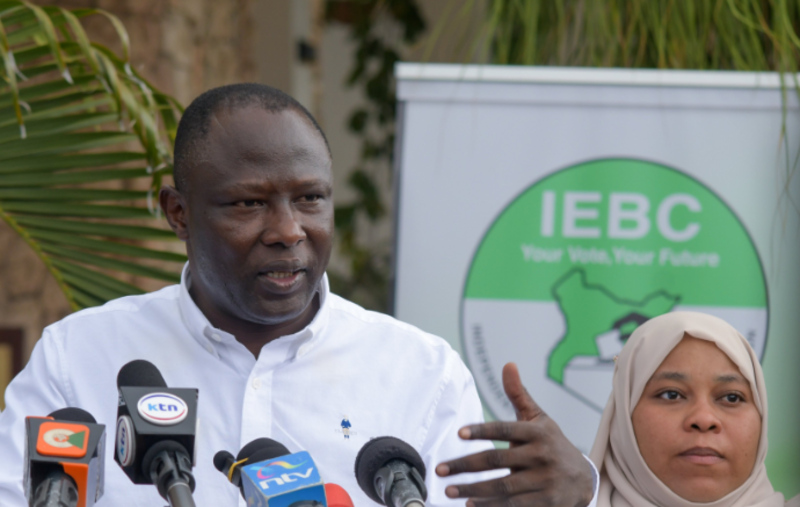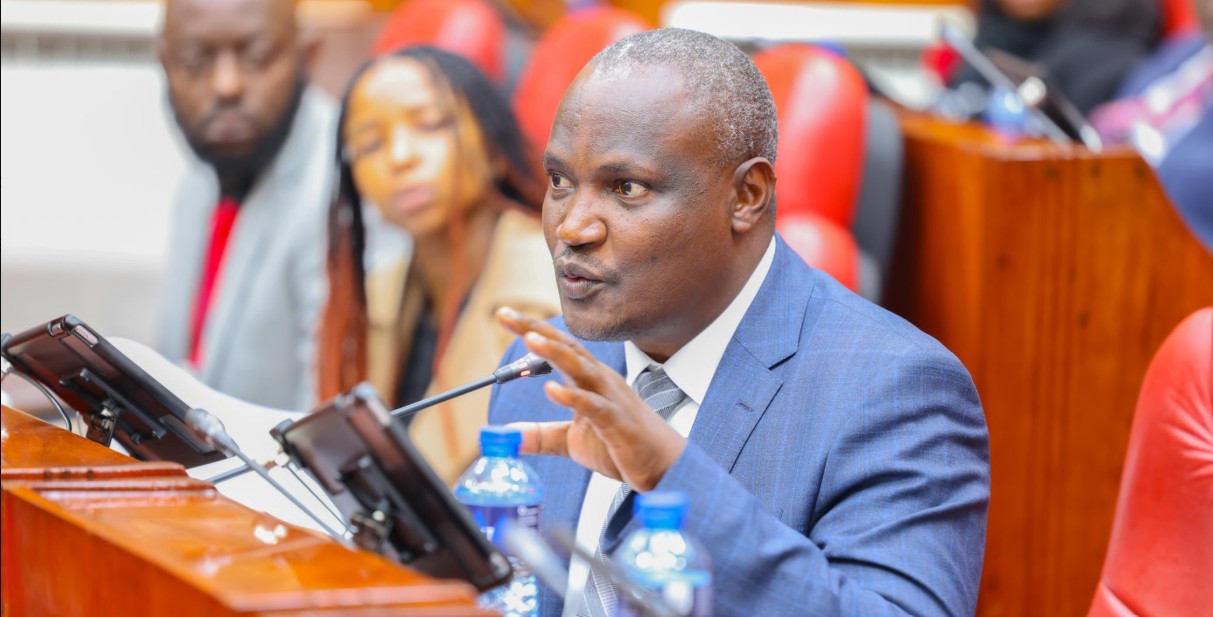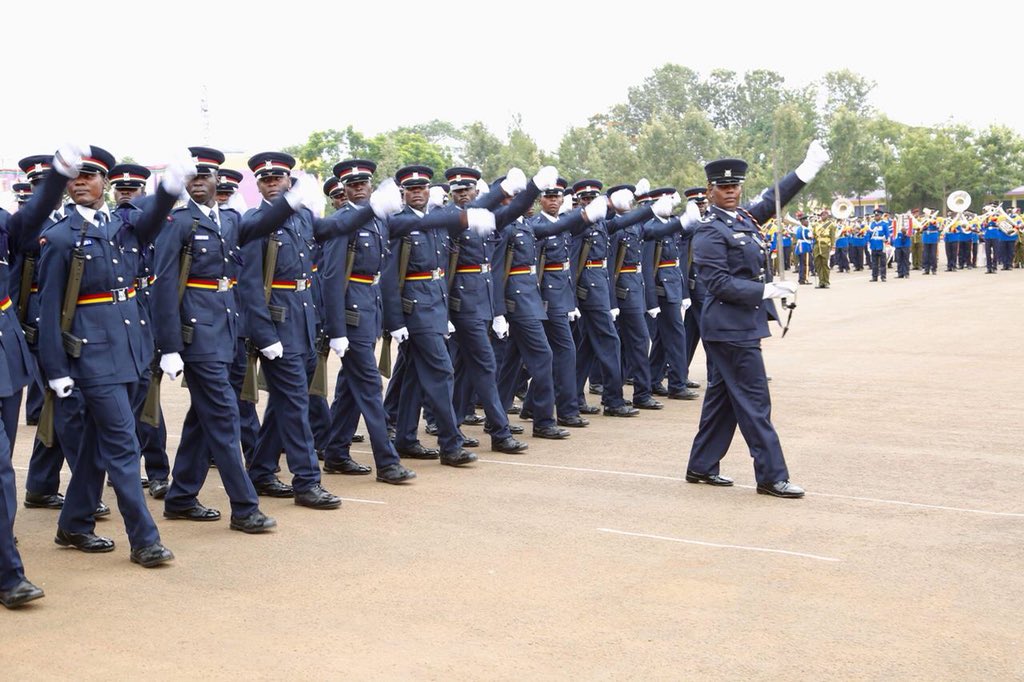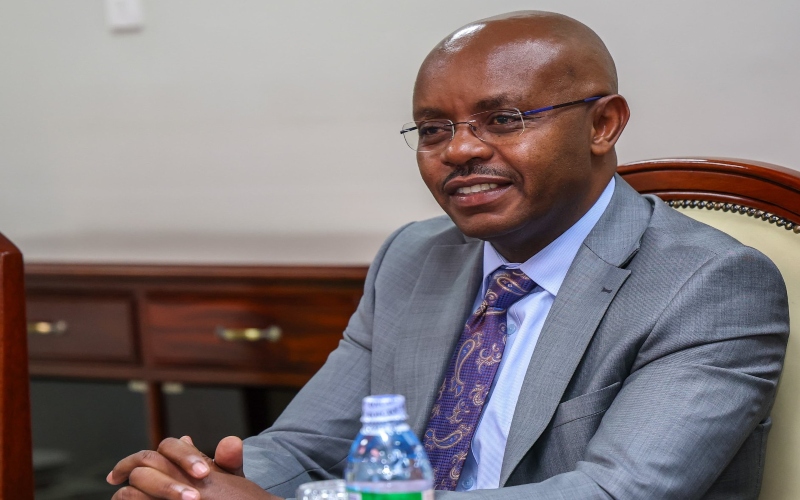IGAD calls for joint action to protect livestock, pastoral livelihoods in Horn of Africa
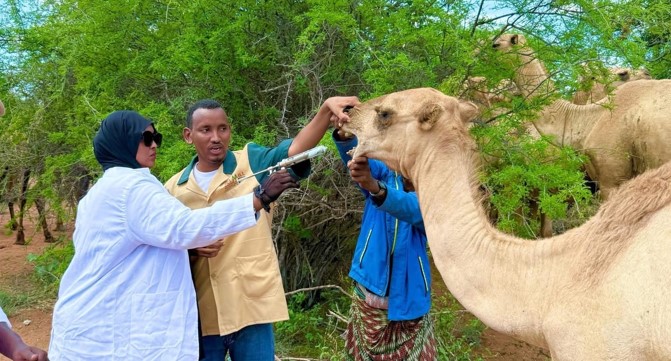
According to the Intergovernmental Authority on Development, East Africa holds over half of the continent’s livestock, with Ethiopia, Kenya, and Somalia alone accounting for 55 per cent of IGAD’s total animals.
Pastoral communities across the Horn of Africa are facing mounting challenges as poor coordination in managing shared grazing lands continues to affect livestock production and threaten livelihoods.
Regional experts say the lack of cross-border collaboration limits access to feed, reduces livestock resilience, and heightens the impact of recurring droughts.
More To Read
- Millions of lives at risk, warn UN food agencies, as hunger crisis worsens
- Mandera launches emergency food aid for 15,000 amid deepening drought
- ICPAC issues urgent advisory following deadly landslides in Elgeyo Marakwet
- Kenya among nine nations leading regional push to strengthen health systems against climate change
- Djibouti parliament scraps presidential age limit, clearing path for Ismail Omar Guelleh’s sixth term
- Rain turns deadly in Garissa, killing over 500 livestock
According to the Intergovernmental Authority on Development (IGAD), East Africa holds over half of the continent’s livestock, with Ethiopia, Kenya, and Somalia alone accounting for 55 per cent of IGAD’s total animals.
Yet between 2020 and 2023, these countries lost nearly 13 million livestock, amounting to around $1.2 billion in economic losses, not counting reduced milk production.
The droughts also contributed to malnutrition for roughly five million children in the region.
Specialists highlight that while the three countries share similar climates, there are no joint systems to manage rangelands effectively.
Political borders often restrict livestock movement in areas where grazing lands naturally extend across countries.
At the same time, restrictive regulations have hindered the development of the animal feed sector, and many nations still lack proper certification systems for forage seeds, limiting commercial feed growth.
“It is very hard for someone who produces feed in Kenya to trade across Ethiopia because it becomes contraband. Yet each country in the IGAD region has a feed deficit of almost 50 per cent, depending on the season,” said Guyo Roba, Head of the Dryland Development Unit at IGAD’s Centre for Pastoral Areas and Livestock Development (ICPALD).
Guyo shared his insights at a regional workshop organised by the African Union–Interafrican Bureau for Animal Resources through the African Pastoral Markets Development Platform.
The Naivasha event brought together pastoralists, government officials, technical experts, and regional agencies to assess existing strategies for feed and rangeland management and to plan coordinated measures to improve food and livestock security.
Prof Ahmed Elbeltagy, APMD Policy Pillar Lead, stressed that pastoralism is a critical source of income, social stability, and environmental balance for millions of people.
He noted that recurring droughts, land degradation, climate fluctuations, and uneven policy enforcement continue to threaten livestock performance and market competitiveness.
“At AU-IBAR, we recognise that achieving feed and rangeland security requires more than technical solutions. It demands partnership—between governments, communities, and markets; between science and policy; and between Africa’s continental vision and the everyday realities of pastoralists,” he said.
John Maina, Senior Deputy Director of Livestock Production, called for practical regional policies that guide pastoralists in sustainable livestock practices and rangeland use.
He also highlighted the importance of involving private businesses in feed production and trade to fill existing gaps.
The workshop reviewed progress on continental and regional policies for feed and rangeland security, identified gaps, encouraged private sector involvement, and began shaping a unified regional roadmap.
Outcomes from the discussions will feed into the creation of an AU task force designed to turn policy into real improvements for pastoral communities.
Top Stories Today

